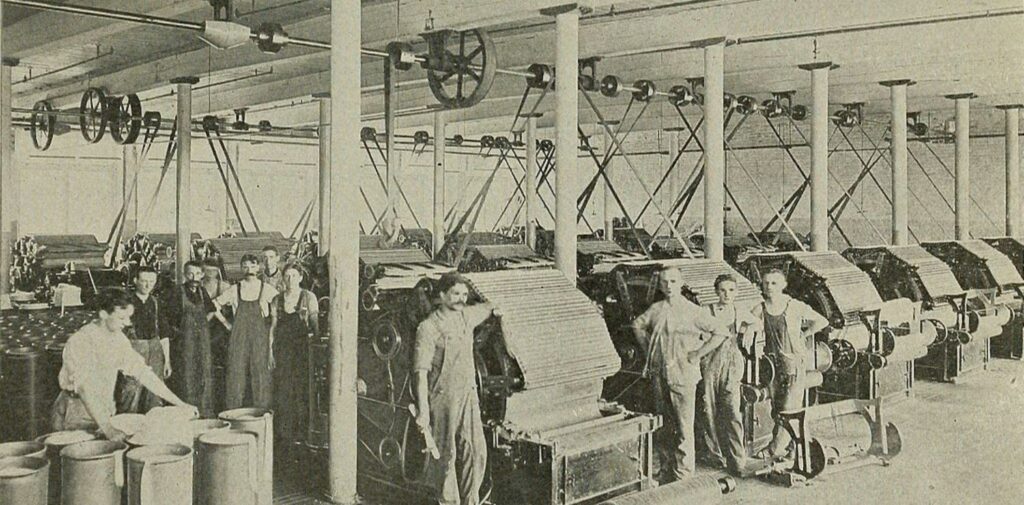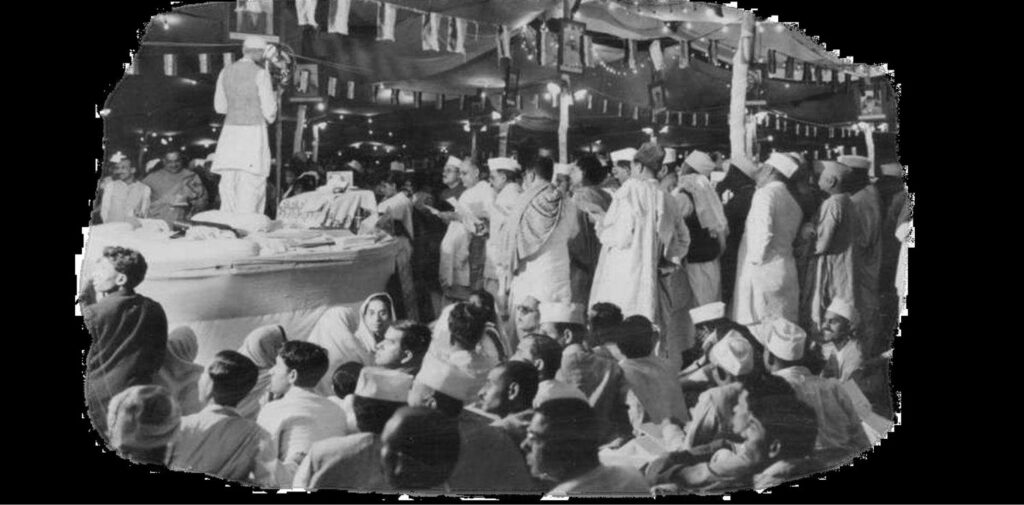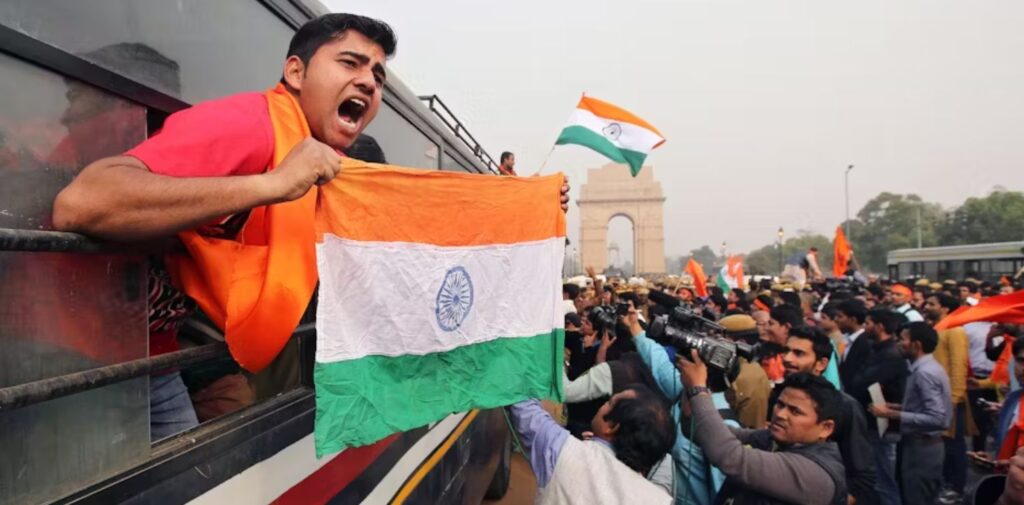The Swadeshi Movement was a significant part of India’s freedom struggle. It played a crucial role in uniting Indians against British colonial rule and promoting indigenous goods, self-reliance, and national pride. One of the major forces behind the success of the Swadeshi Movement was the Indian press. The press, at that time, was not just a medium of news but also a powerful tool of communication, expression, and mobilization. This article will explore how the press contributed to the success of the Swadeshi Movement and its role in shaping the movement’s message and objectives.
The Emergence of the Press in Colonial India
Before understanding the role of the press in the Swadeshi Movement, it is important to know how the press evolved in India during British rule. In the 19th century, India saw the growth of newspapers and journals. Initially, the British government heavily censored the press to control information. However, over time, Indian journalists and editors began to challenge this control. Newspapers such as The Hindu, Amrita Bazar Patrika, The Tribune, and Kesari became voices of Indian nationalism, advocating for social reforms, educational improvements, and self-rule.
By the early 20th century, Indian newspapers had grown in number and influence. They played a crucial role in spreading ideas, organizing protests, and sharing nationalist sentiments. The press became an important vehicle for expressing discontent with British policies and promoting the idea of swadeshi, or self-reliance.

The Role of the Press in the Swadeshi Movement
The Swadeshi Movement began in 1905 as a reaction to the partition of Bengal by the British. The decision to divide Bengal was seen as an attempt by the British to weaken the unity among Indian people and divide them along religious lines. In response to this, leaders like Bal Gangadhar Tilak, Lala Lajpat Rai, Bipin Chandra Pal, and others called for the boycott of British goods and the promotion of indigenous products. The press became a major platform to spread the message of the Swadeshi Movement.
Here are some key ways in which the press contributed to the movement:
1. Spreading Nationalistic Ideas
The press played a significant role in spreading nationalistic ideas to the masses. Through newspapers, articles, and pamphlets, the message of the Swadeshi Movement was communicated across the country. Editors and journalists wrote articles that criticized British policies and highlighted the economic exploitation of India. They emphasized the need for India to become self-sufficient and promote Indian-made goods.
These publications educated the people about the harmful effects of British colonialism on India’s economy, culture, and identity. Nationalism was no longer just an elite idea but became a part of the popular consciousness, thanks to the press.
2. Creating Public Awareness and Mobilizing People
The press was instrumental in creating public awareness about the partition of Bengal and the subsequent Swadeshi Movement. Newspapers carried reports, editorials, and letters that explained the injustice of dividing Bengal and how it was detrimental to the unity of Indians. Through these publications, the people were urged to boycott British goods, especially textiles, and switch to handloom products made by Indian artisans.
The press also publicized protests, rallies, and boycotts organized by the leaders of the Swadeshi Movement. It encouraged the masses to participate in these events, thus mobilizing large sections of the population. As the press disseminated information quickly, it played a vital role in ensuring that the Swadeshi Movement reached both urban and rural areas.
3. Encouraging Swadeshi Enterprises and Local Industries
One of the central ideas of the Swadeshi Movement was to promote Indian industries and products. The press played a key role in encouraging the people to buy Indian goods. Newspapers and journals carried advertisements promoting indigenous products and boycotting foreign goods. For example, the press supported the establishment of indigenous cotton mills and other small industries.
The press also highlighted success stories of Indian entrepreneurs and local manufacturers, which inspired others to invest in and support indigenous enterprises. In this way, the press helped develop a sense of pride in Indian-made products and contributed to the growth of a self-reliant economy.

4. Fighting for Social and Political Reforms
Alongside economic issues, the press also advocated for social and political reforms that aligned with the objectives of the Swadeshi Movement. Newspapers published articles on the need for education, the abolition of untouchability, and the promotion of women’s rights. Social reformers like Raja Ram Mohan Roy, Ishwar Chandra Vidyasagar, and others used the press as a platform to spread their ideas.
By addressing social issues, the press helped in creating a broader movement that was not limited to just economic self-reliance but also included cultural and social independence from British influence.
5. Providing a Platform for Political Leaders
The press gave political leaders like Bal Gangadhar Tilak, Bipin Chandra Pal, and Lala Lajpat Rai a platform to express their views and connect with the people. These leaders often wrote editorials or gave interviews to newspapers where they shared their thoughts on British rule and the need for unity among Indians.
Tilak, in particular, used the press effectively to propagate his ideas of swaraj (self-rule) and swadeshi. His newspaper Kesari became a strong voice for Indian nationalism. The writings of these leaders encouraged people to take pride in their heritage, resist British oppression, and fight for freedom.
6. Mobilizing the Youth and Students
The youth and students were at the forefront of the Swadeshi Movement, and the press played a significant role in mobilizing them. Articles, essays, and student publications inspired young Indians to take part in the movement. Many students joined protest rallies, boycotted British goods, and took part in other forms of resistance.
The press also emphasized the importance of education in creating a nationalist consciousness. Indian newspapers highlighted the need for educational reforms and encouraged young people to engage in intellectual discussions about India’s future.

7. A Tool for Resistance and Protest
During the Swadeshi Movement, the press also became a powerful tool for resistance against British repression. The British government imposed strict censorship laws to suppress nationalist ideas, but the press found ways to circumvent these restrictions. Newspapers and journals continued to publish articles criticizing British rule, often at great personal risk to the editors and journalists.
Many journalists were arrested, and newspapers were banned, but the press never ceased its struggle. The resistance of the press became an important symbol of the larger freedom struggle and proved that even under oppressive circumstances, the fight for India’s independence would continue.
Conclusion
In conclusion, the press played a pivotal role in the success of the Swadeshi Movement. It spread nationalist ideas, mobilized people, promoted Indian industries, supported social reforms, and provided a platform for political leaders. Most importantly, the press helped unite Indians in their fight against British colonial rule by giving them a voice and a means to communicate. The role of the press during this period was not just limited to spreading information; it was a tool for resistance, empowerment, and nation-building. Even today, the legacy of the press during the Swadeshi Movement reminds us of the power of the media in shaping the course of history and advocating for social change.




